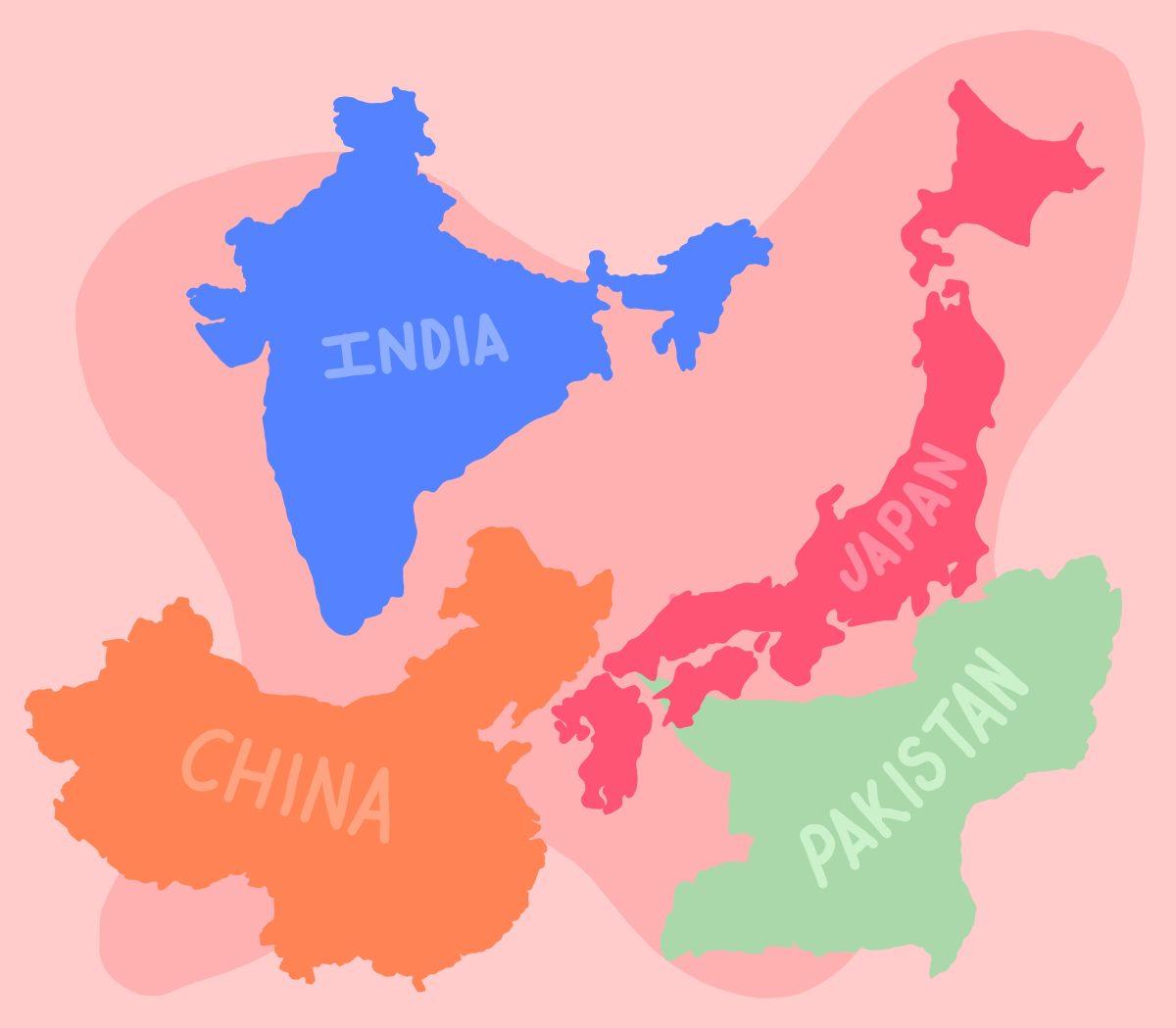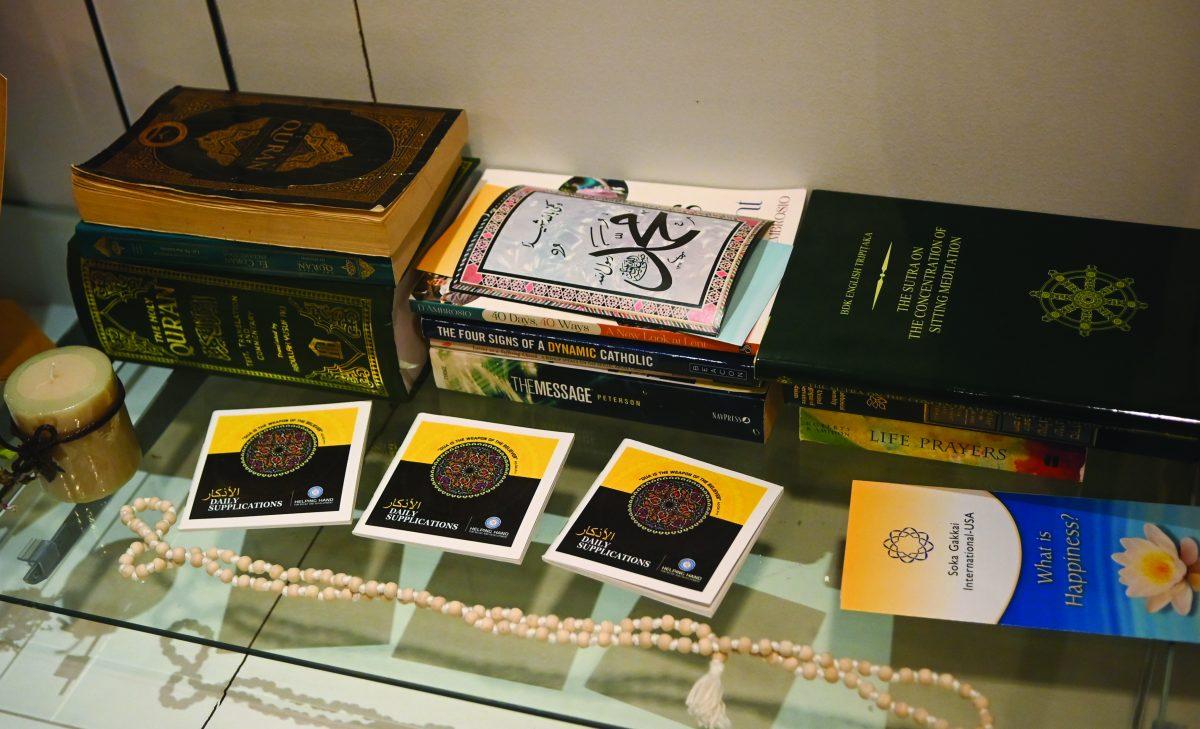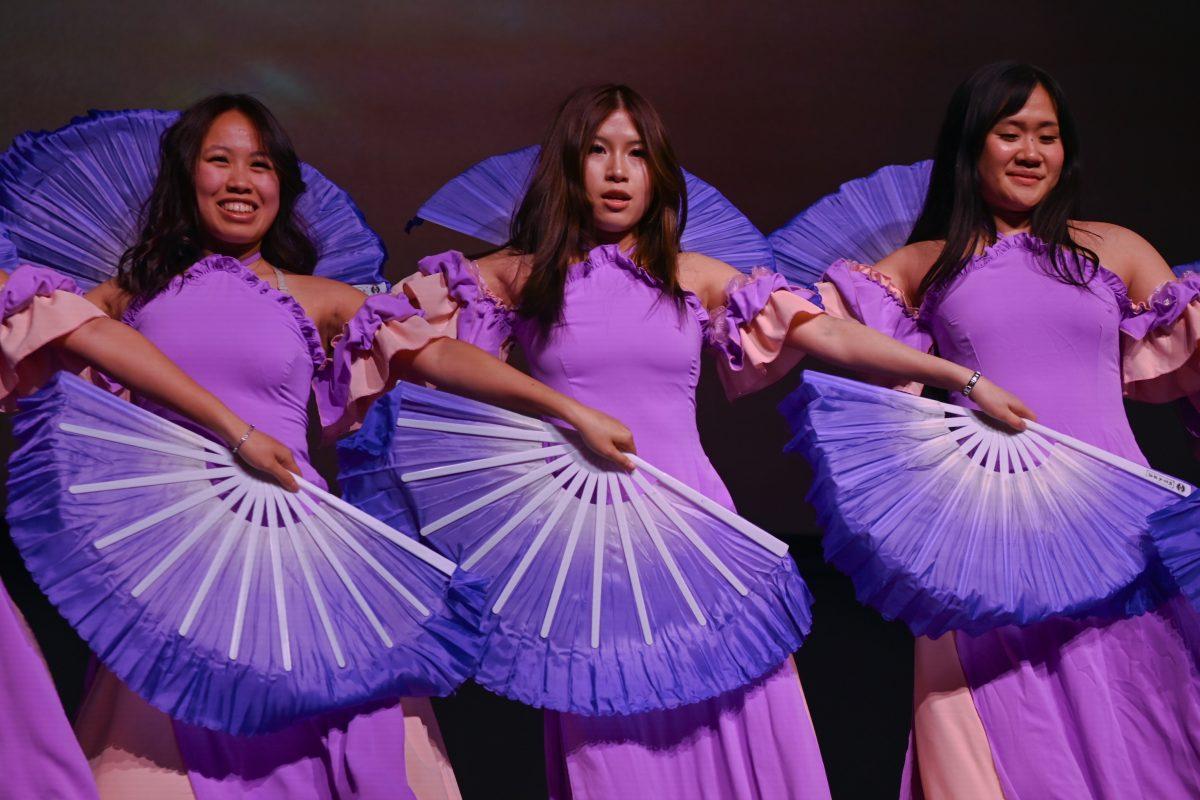It’s officially the start of Asian Pacific Islander South Asian American Heritage Month and NC State will be celebrating it until April 15 this year. One way you can educate yourself this month on campus is through learning about the Asian languages that NC State offers.
NC State offers three Asian languages: Chinese, Hindi/Urdu and Japanese. The advancement of language learning couldn’t have been possible without technology and cultural understanding.
Standard Chinese has been offered at NC State since the late 80s and has continued to grow, said Nathaniel Isaacson, associate professor and coordinator of Chinese Language and Literature. Aside from language learning, courses also center around the idea of global culture and products that translate across borders.
Isaacson said he tries to implement pop culture into his classes especially.
“We’re always looking for ways to create someone’s way into language and culture learning,” Isaacson said. “And that makes me want to design a class where we would watch things like telenovelas and Korean dramas or something together.”
Students will learn what one might hear spoken in China or other Chinese-speaking countries, giving students the tools to implement and expand learning outside of the classroom.
“I think a lot of us here in world languages would like to see an expansion of offerings that focus on the AAPI[SA] experience in various ways,” Isaacson said.
Hindi was first taught on campus in 1993. Although Hindi and Urdu are not the same language, they are taught together now to maximize resources as they are less commonly taught. The languages also share grammar and similar vocabulary.
Even if students do not understand Hindi or Urdu, professors offer translation courses for anyone who’s interested in the cultural content but haven’t had access to the language or the chance to take it.
Sujata Mody, associate professor and coordinator of Hindi and Urdu, said that access to courses is diverse to ensure inclusivity.
“We like to make sure that there is access through more than one way,” Mody said. “We offer courses in translation for anyone who’s interested in cultural content, but hasn’t had prior access to the languages or who hasn’t had a chance to take a language class.”
Along with majoring and minoring in the Asian languages offered, students have the option to minor in World Cultural Literacy. Students can also fulfill their GEP Humanities and Global Knowledge requirements through the Asia-related translation courses offered in English.
Mody said that while learning a new language can be difficult, the experience is exceptionally rewarding.
“I always tell my students that if you sit down and you learn Hindi or Urdu script, you have just become literate in a different language,” Mody said. “And that opens up so much newness and so much of a rich tradition and history to you. And so that idea of becoming literate in multiple languages is really exciting.”
Nilakshi Phukan, associate teaching professor of Hindi and Urdu language and literature, said she gives students the opportunity to make virtual reality modules in her classes.
“Our students get that kind of opportunity to create projects in green screen [visualization and 3D printing],” Phukan said. “They bring their culture and keep something from our classes for [their] future memory.”
Wakako Sera, senior lecturer of Japanese, said she had access to limited resources for language education as a child and felt like her life was disconnected from the language she was learning.
“Language and culture are inseparable and what we see, is the culture is kind of the tip of the iceberg,” Sera said.
Kyung Hee Ha, assistant professor of Japanese, said culture is essential to language learning and has an invisible line between cultures and languages. One cultural resource is the NC Japan Center, a statewide resource for the public located on campus.
“With Japanese language knowledge, I think students are learning so much more, not just from the English text, but they are able to understand the nuances in the language,” Ha said.
Sera said although many resources are available, she believes the role of teachers has shifted to teaching students the 21st century skills in problem solving, critical thinking and creativity skills.
“We can easily … integrate [students] into those skills,” Sera said. “It’s more like not teaching the language, actually. It’s more like we teach those skills through the language.”
Asian languages have trouble gaining the same recognition as European languages, and the trouble might be because the K-12 school system mostly offers languages with the Roman alphabet.
“These [European] languages always get so many students since, from elementary school till high school, they are being offered, but not Chinese, not Hindi, not Farsi language and not Korean,” Phukan said. “I would like to see from the advisors, that kind of suggestion, or sympathy towards other languages who are trying to bring more enrollments.”
To explore Chinese studies, visit here or contact Dr. Nathaniel Isaacson.
To explore Hindi/Urdu studies, visit here or contact Dr. Sujata Mody.
To explore Japanese language and Japan studies, visit here or contact Dr. Kyung Hee Ha.














